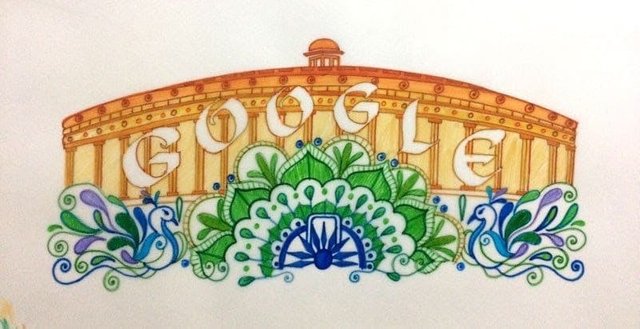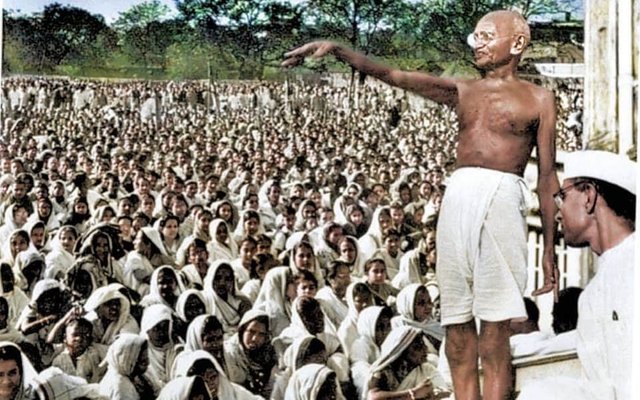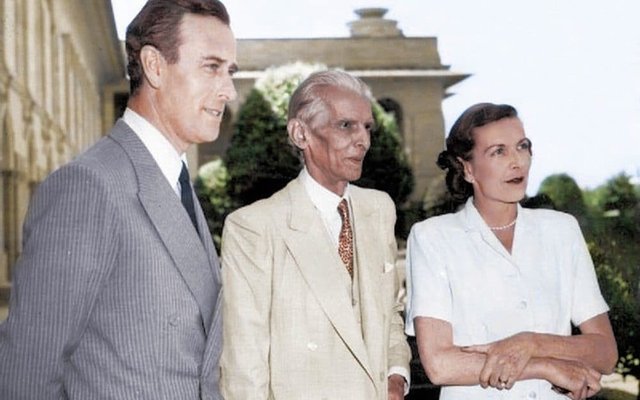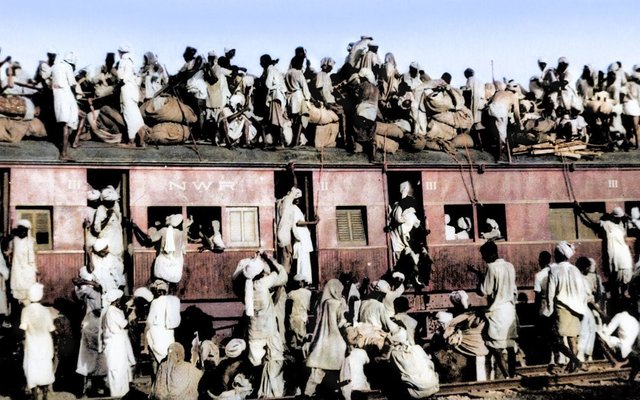Indian Independence Day: everything you need to know about Partition between India and Pakistan 70 years on
70 years ago, Partition came into effect, dividing British India into two new, independent countries: India and Pakistan.
At midnight on August 14 1947, Jawaharlal Nehru, the first prime minister of independent India, gave a famous speech which hailed the country's decades-long, non-violent campaign against British rule:
At the stroke of the midnight hour, when the world sleeps, India will awake to life and freedom. A moment comes, which comes but rarely in history, when we step out from the old to the new, when an age ends, and when the soul of a nation, long suppressed, finds utterance.
However, it soon dawned on the leaders of both countries that the hope and optimism of that night would quickly turn to the harsh realities of how to handle one of the largest mass migrations in modern history and the ensuing communal violence.
As India and Pakistan celebrate 70 years of independence, we look back at how two nations were formed - and the years of bloodshed that followed
How did Indian and Pakistani independence come about?
The Indian independence movement began in 1857. The early proponents led militant uprisings against British rule, but the leaders of the Indian National Congress, which was founded in 1885, pushed for more rights for Indians in terms of the vast civil service and land ownership.
From the 1920s onwards, Mahatma Gandhi was established as the leader of the Indian independence movement. His belief in civil rights and non-violent struggle inspired a generation. Many inspirational activists came to the fore, such as B. R. Ambedkar, who championed greater rights for the lower castes, that had been treated despicably under British colonial rule.
In 1942, Congress launched the "Quit India" movement. Britain, leading the fight against Nazism in the Second World War alongside 2.5 million Indian troops, promised to grant India independence after the war. Following the Battle of Britain, Gandhi said he would not push for India's self-rule out of the ashes of a destroyed Britain.

However, by the end of the war and with its empire weakened, Britain was unable to resist the overwhelming demand for independence. Both Congress and the Muslim League, led by Muhammad Ali Jinnah, dominated elections. Further, Clement Attlee, by now Britain's prime minister, was a supporter of independence.
In a climate of growing communal tensions and pressure from Jinnah, who argued that Muslims should have their own state, the Mountbatten Plan was hastily conceived. It divided British India along broad religious lines. The problem being that there were millions of Muslims living in what would become Hindu-majority India and huge numbers of Hindus and Sikhs living in what would be Muslim-majority Pakistan.

Sir Cyril Radcliffe, who led the Boundary Commission, proposed the Radcliffe Line, which was a "notional division" of the vast country based on simple district majorities. He submitted his plan for both the west and east borders on August 9 1947 - just five days before it came into force.
The two countries celebrate on different days because Lord Mountbatten, the viceroy of British India, had to attend the Pakistan celebration on August 14th and then travel to Delhi for India's first independence day on August 15.
King George VI remained the head of state of India until the enshrining of the country's constitution in 1950. Likewise, Pakistan remained a Dominion of the Crown until 1956, when its constitution came into force.
Partition leads to mass migration
The separation based on border lines created by the British at the end of their colonial rule came into effect at the stroke of midnight on the eve of Aug 14, 1947.
In the days, weeks and months following Partition, 15 million Muslims, Hindus and Sikhs, fearing discrimination, swapped countries in an upheaval that cost more than a million lives.
During the chaotic transition, train cars full of bodies arrived at railway stations in the twin cities of Lahore and Amritsar in the province of Punjab, which was split roughly down the middle.
At least a million died along the journey, the rest pouring into fetid camps erected in cities already pushed to the brink by violence, looting and food shortages.

In New Delhi, where law and order had almost completely broken down, tens of thousands of Muslims sheltered behind the 16th-century walls of Humayan's Tomb waiting for safe passage to Pakistan.
Tents were erected in the fine gardens surrounding the spectacular mausoleum - the inspiration for the Taj Mahal - and spilled over to encircle the smaller tombs dotting the Mughal-era complex.
As space became scarce whole families huddled together with their life's possessions on the exposed upper levels of the grand courtyard of the enormous domed monument itself.
The regal fountains at Humayan's Tomb "became so fouled with human dirt that they had to be filled in with sand", wrote historian Yasmin Khan in her book 'The Great Partition'.
By...: Barney Henderson